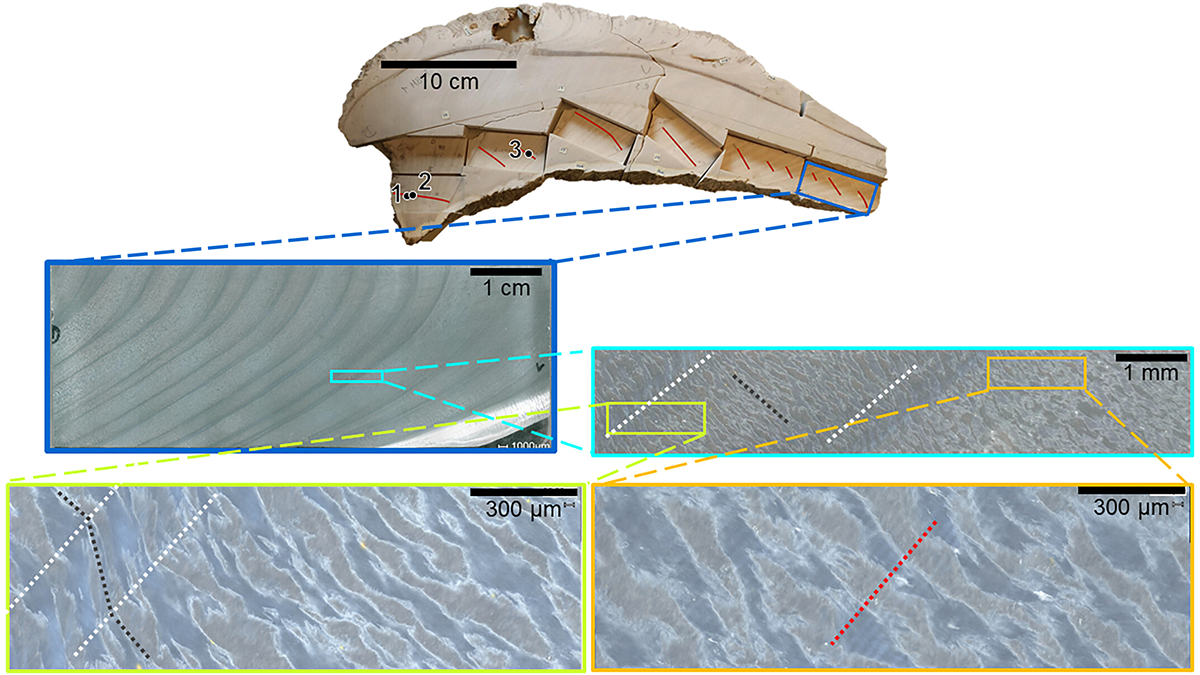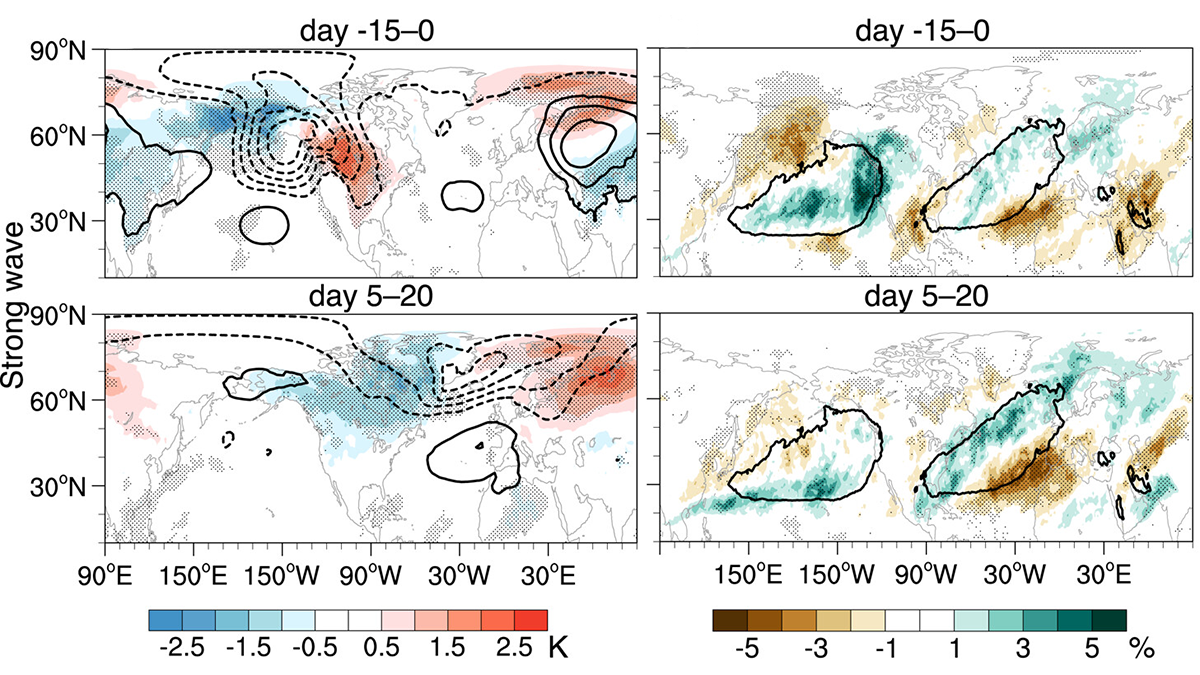Using geochemical techniques, scientists identify daily cycles in fossilized giant clams, which permits climate reconstructions at the weather timescale.
Modeling
A New Census of Plastic Debris Entering the Ocean
On the basis of thousands of measurements of plastic pollution spotted near coastlines and at sea, researchers estimate that roughly 500 million kilograms of plastic debris is entering the world’s oceans each year.
Warming Reduces Relative Humidity Through Soil Moisture
Relative humidity over land decreases in a warmer climate as a result of interactive soil moisture response.
Meteorological Uncertainty Shapes Global Hydrological Modeling
A new study examines the effects of spatiotemporal precipitation uncertainty on key hydrologic processes, including runoff and soil moisture, in a comprehensive sample of 289 cryosphere regions.
Plants Worldwide Reach a Stomata Stalemate
Research unveiled a surprising plateau in plants’ ability to absorb carbon through stomata, which could mean more carbon left in the atmosphere.
Arctic Ice Loss Could Shorten Winter Feeding Time for Zooplankton
The Arctic’s thinning sea ice allows more light to penetrate deeper into the ocean, holding zooplankton far beneath the surface.
Flowing Crust Pushes Faults on Their Backs
Puzzlingly shallow faults in western Türkiye are likely getting a boost from below.
Modeling Stratospheric Impacts on North American Extreme Events
A new study quantifies the tropospheric and surface impacts of extreme stratospheric wave events and evaluates their representation in state-of-the-art climate models.
La desigualdad del estrés por calor
Residentes de vecindarios históricamente marginalizados enfrentan mayor estrés por calor que los de otras áreas.
Observing the Impact of Convective Aggregation on Water Vapor
Remote sensing measurements for water vapor isotopic composition enable us to assess how convective aggregation influences the atmospheric hydrological cycle.










